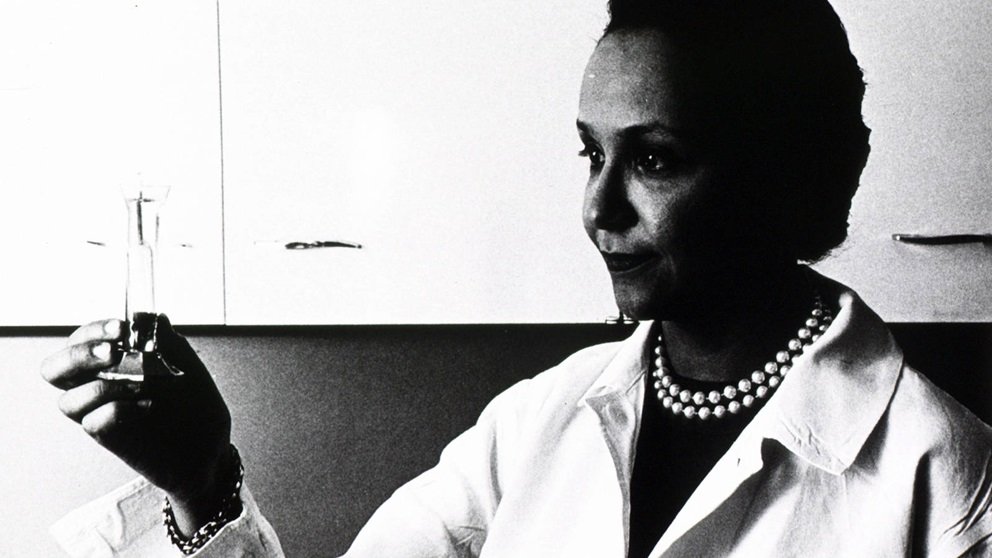7 Black mother inventors you need to know
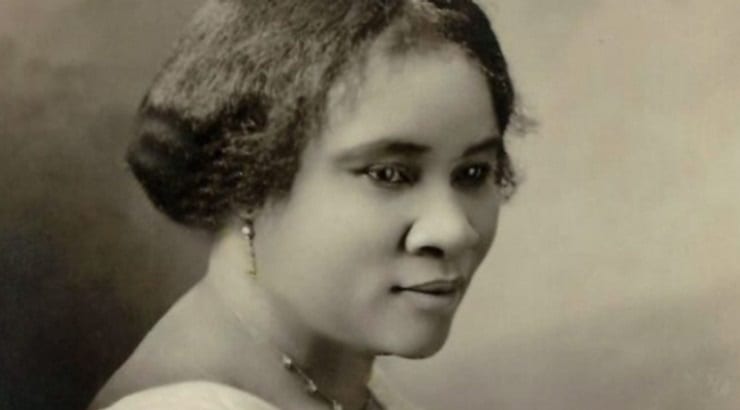
We have a lot of Black women to thank for shaping this country, and it would take a significant amount of time to recognize all that they’ve done.
Black women have contributed greatly to all aspects of art, science, politics and technology, byway of inventions.
Because women faced discrimination at the U.S. Trademark and Patent Office after the Civil War, there are very few Black women inventors that historians can identify from that era. Many may be lost in history because of the restrictions in education, social mobility, job opportunities and more for Black people at the time.
But today, we’re going to recognize a few whose contributions made lasting impacts. And guess what? These women are also mothers!
Sarah Goode
Folding cabinet bed, 1885
Sarah Goode was the first Black woman to be granted a United States patent. She worked alongside her husband, who was a carpenter, realizing many of their customers lived in small apartments where there wasn’t a lot of room for furniture. In an effort to rethink domestic city living, Goode invented the cabinet bed to take up less space. She had six children, and three lived into adulthood. She died in 1905.
Source: Smithsonian Magazine, Biography.com
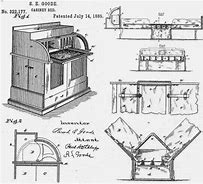
Sarah Boone
Ironing board improvements, 1892
Born enslaved, Sarah Boone invented the 1892 improvements that contributed to the modern-day ironing board. She was one of the first Black women in the country to receive a patent, which expanded the original wooden-block design of the board. Her additions included hinged and curved ends that made it easier to iron clothes, especially the curved waist women’s dresses. It also made it possible to iron sleeves on both sides. Boone, a dressmaker and mother of eight, was one of four Black women inventors in America that contributed to new technology for homes during her time. She died in 1904.
Source: History.com
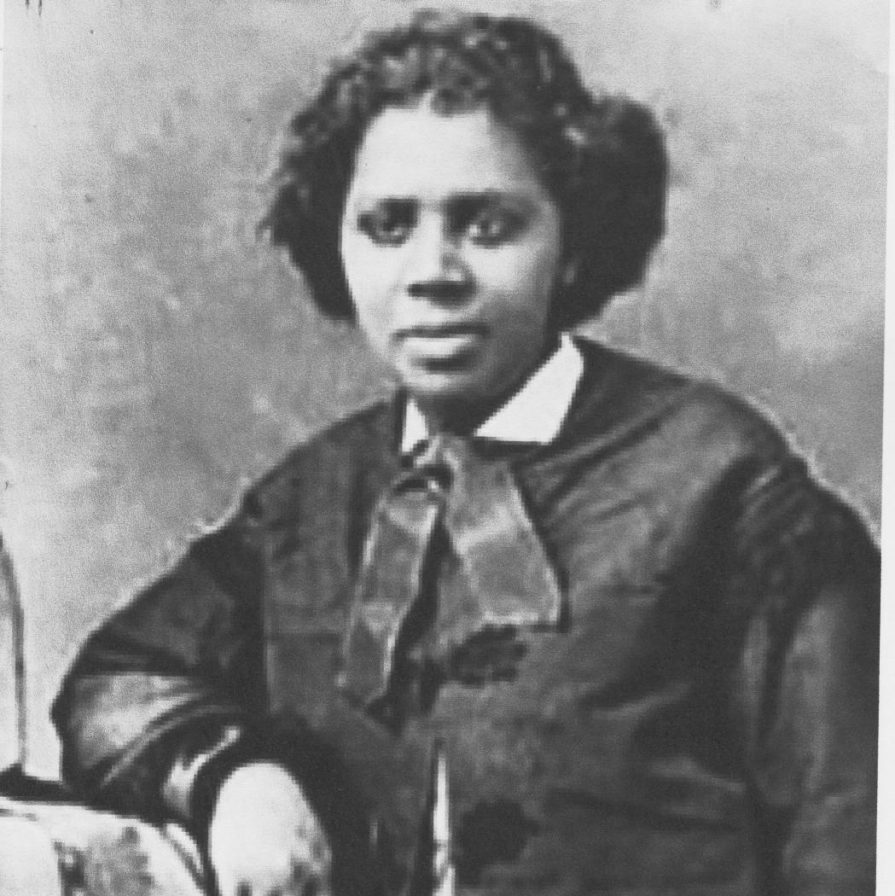
Marie Van Brittan Brown
Home security system, 1966
This mom of two invented a device that would give her a peace of mind. Marie Van Brittan Brown lived in Queens, New York, where there was a high crime rate. She also worked late hours as a nurse, and was often home alone. The first home security system of 1966 featured a series of peep holes and a camera that you could slide through one of the holes to monitor your home. Brittan Brown later added a microphone, a button to unlock the door and button to call the police. One of her daughters followed in her footsteps and became a nurse and inventor, too. Brittan Brown died in 1999.
Source: History.com
Bessie Blount Griffin
Assistive devices, 1948
Bessie Blout Griffin was a physical therapist who worked with many amputee veterans who returned home injured after World War II. As she worked with patients who’d lost the ability to use their hands, she noticed the biggest challenge for them was eating unassisted. She invented a self-feeding apparatus designed for amputees. It allowed the patient to bite down on the tube in order to dispense food into their mouths. Part of Blount Griffin’s device was patented in 1948, but after the American VA declined her invention, she licensed it to the French government. She invented other devices to assist injured patients that are still incorporated in Belgium hospitals. Blount Griffin died in 2009 and had a son.
Source: New York Times
Mary Beatrice Davidson Kenner
Sanitary belt, 1957
Mary Beatrice Davidson Kenner came from a family of inventors. She’s noted for revolutionizing sanitary pads. She invented the an adjustable sanitary belt that featured a moisture-proof napkin pocket. By 1957, she had saved enough money for her first of five patents in her lifetime. This was a time when women were still using cloth pads during their periods. When a company showed interest in her invention, they rejected it after discovering Davidson Kenner was a Black woman. Her patent later expired and became free domain, so companies were able to manufacture it. Davidson Kenner, who was married to boxer James “Jabbo” Kenner and had five adoptive sons, worked as a florist and died in 2006.
Source: Vice.com
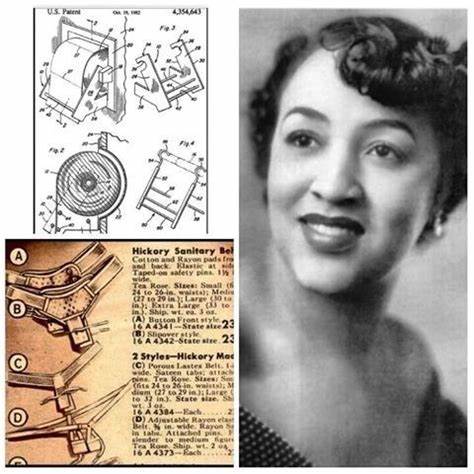
Madame C.J. Walker
Black hair care products, 1905
Madame C.J. Walker was one of the wealthiest Black women of her time. She invented hair products that she hoped would benefit Black women — not change them. She suffered from a scalp condition that caused her to loose her own hair and couldn’t find a solution. Walker, who was born as Sarah Breedlove to recently freed slaves, created a line of specialized hair care products designed for Black hair health. Once her hair began growing back from her pomade formula, the entrepreneur trained other women to buy and sell her products, which eventually paved the way for the Madame C.J. Walker Manufacturing Company. She also opened a beauty school, becoming the first American woman self-made millionaire. Walker had her daughter at 17, and A’Leila Walker became the president of the company when her mother died in 1919.
Source: Biography.com
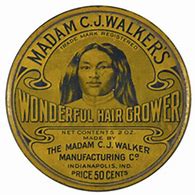
Jane C. Wright
Cancer treatment methods, 1951
Dr. Jane C. Wright was born into a distinguished medical family that defied the racial barriers of its time. She worked alongside her father, who was both one of the first black surgeons in New York City and first Black graduates from Harvard Medical School. Dr. Wright made vital contributions to modern medicine and chemotherapy by developing a technique that used human tissue culture instead of laboratory mice to test potential drugs on cancer cells. In 1951, the noted cancer researcher and surgeon also pioneered the use of a drug called methotrexate to treat breast and skin cancer. Dr. Wright made more history in 1967 as the head of the chemotherapy department and the associate dean at New York Medical College. It was reported that she was the first Black woman to hold a post that high at an American medical school. Dr. Wright, who died in 2013, had two daughters.
Source: New York Times, Face 2 Face Africa
